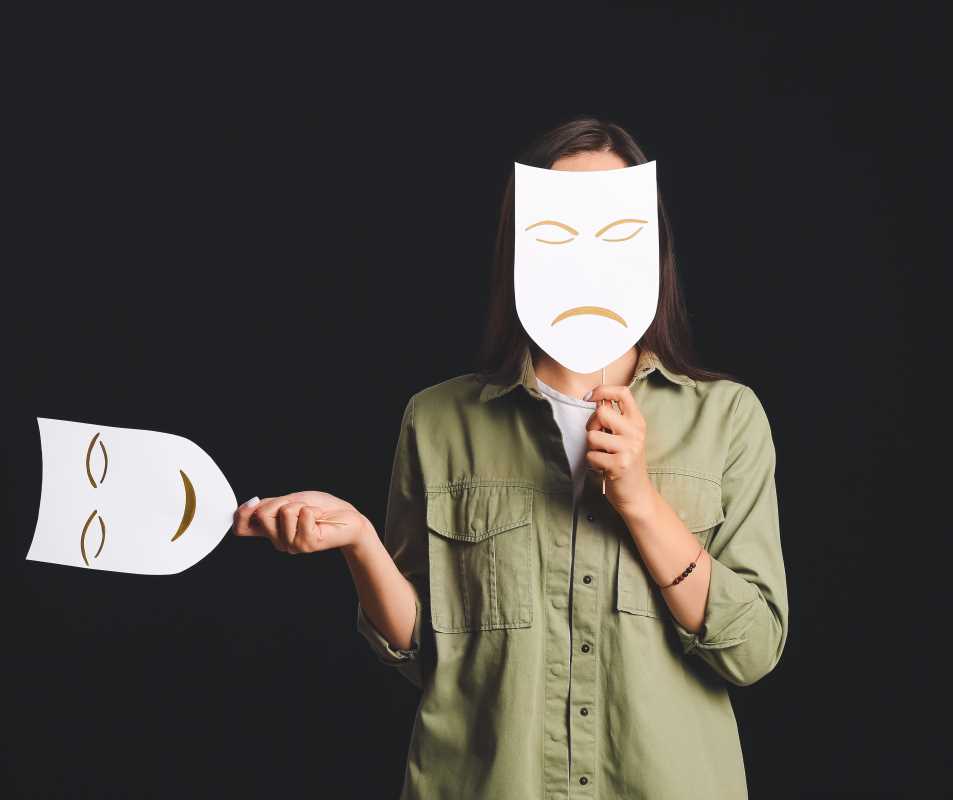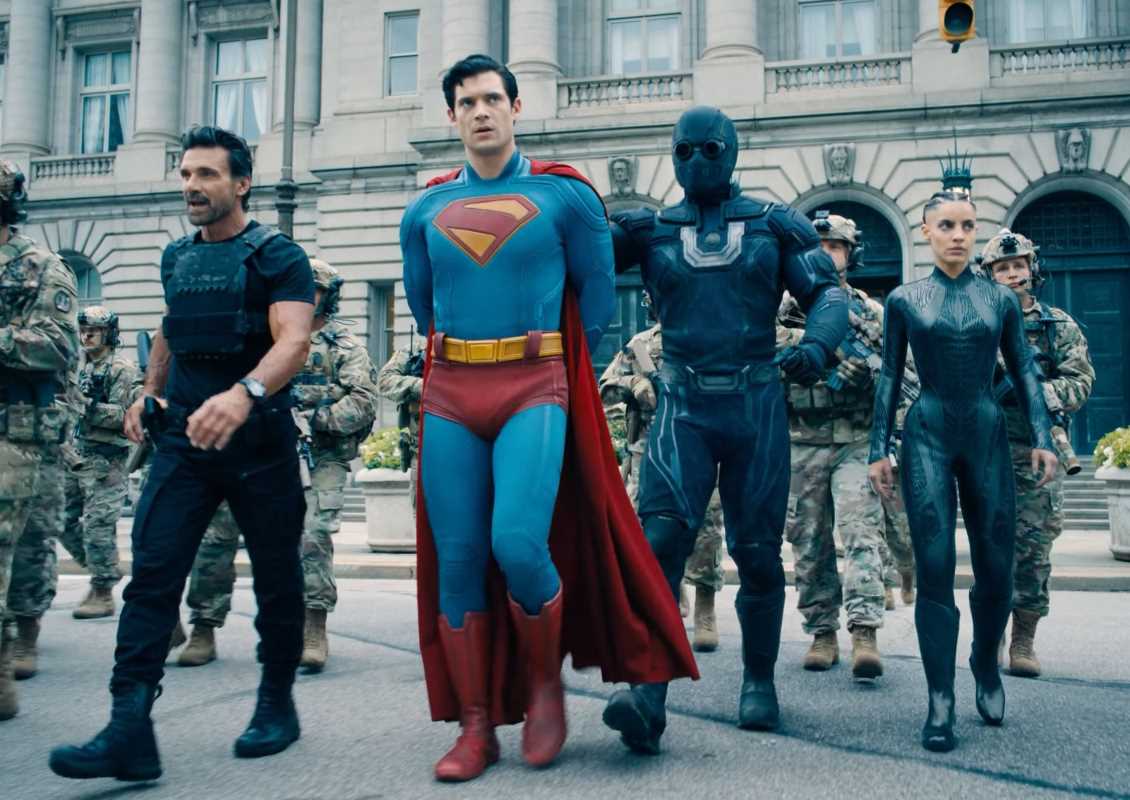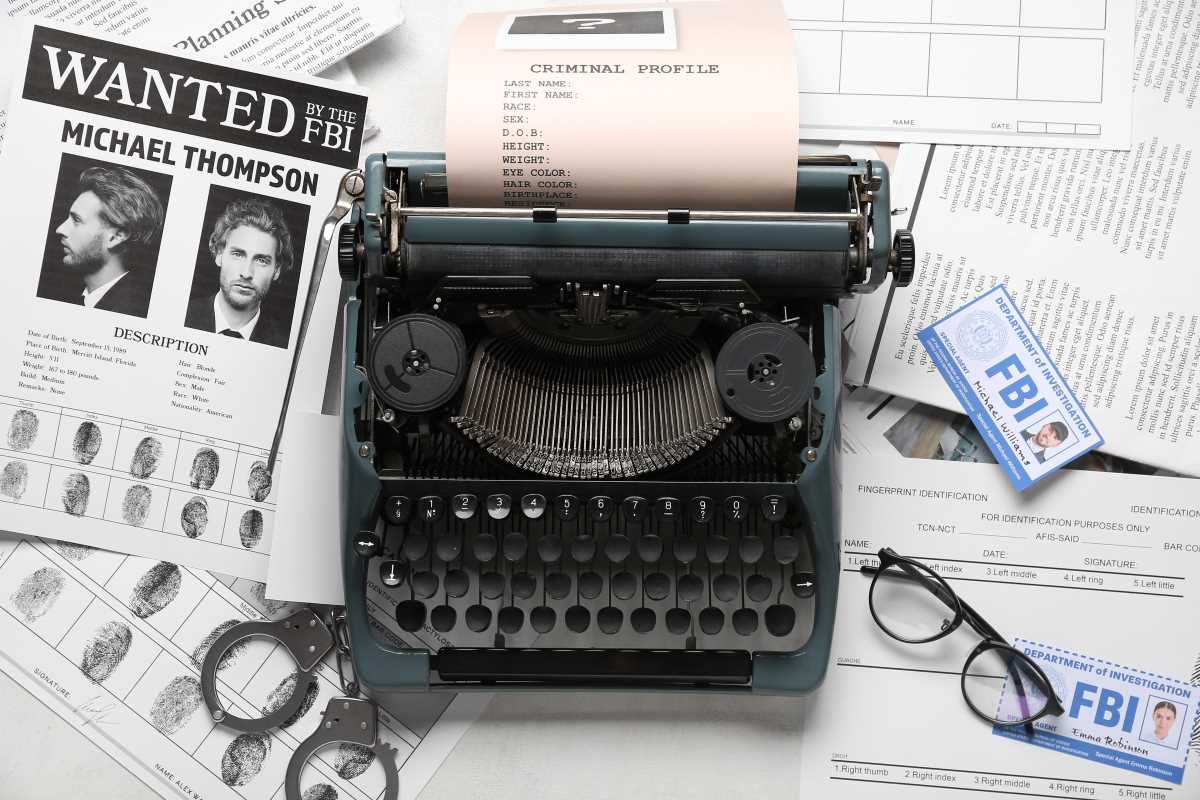Grab a bucket of popcorn, sit back, and press play. Movies do more than just entertain us for a couple of hours. They reflect our world, shape the way we see ourselves and others, and even influence what we believe is possible. But here’s the thing: for too long, many groups of people have watched films where they barely see themselves on screen, and when they do, the portrayal is often full of stereotypes.
Today, representation in film is more important than it has ever been. Audiences are becoming more diverse, and they’re demanding change. The stories we tell on the big screen should reflect the richness of our world—not just one narrow perspective. But why does representation matter so much? And what’s at stake if we don’t get it right? Pull up a seat, and let's talk it out.
The Power of Seeing Yourself on Screen
Imagine being a kid who dreams of being a superhero, a scientist, or a fearless adventurer. Now imagine seeing someone who looks like you playing those roles in a movie. It’s powerful! Representation isn’t just about checking off a box for diversity; it’s about inspiration, identity, and belonging.
1. Building Confidence
When people see characters who look like them in powerful roles, it helps them believe they can achieve the same. For instance, when Black Panther hit theaters, kids around the world finally got to see a Black superhero lead a blockbuster film. The impact was massive. It wasn’t just another movie; it became a cultural moment that emphasized pride in heritage and showed that Black excellence is worth celebrating.
2. Broadening Horizons
Representation in film doesn’t just help audiences identify with the characters; it also introduces people to experiences, cultures, and perspectives they may not have been exposed to otherwise. Watching movies about different cultures or viewpoints can create empathy and help break down stereotypes.
Take Disney’s Encanto, for instance. It highlighted Colombian culture in a vibrant way while teaching audiences worldwide about family, identity, and generational struggles. Through this lens, viewers who might’ve never been exposed to Colombian culture got an authentic and heartfelt glimpse of its beauty.
The Danger of Harmful Stereotypes
While representation is important, not all representation is created equally. For a long time, movies have relied on harmful stereotypes that do more harm than good.
1. Reinforcing Biases
When a group of people is consistently portrayed in a certain way, it reinforces damaging biases in the real world. For example, when Hollywood repeatedly portrays Muslim characters as villains or immigrants primarily as struggling victims, it feeds into negative perceptions and stereotypes.
Comedy can also tread dangerous water, like when Asian characters were reduced to exaggerated accents and sidekick roles in older films. These depictions don’t just hurt the people they’re about; they shape how others treat those groups in real life.
2. Erasing Complexity
One problem with stereotypes is that they flatten the human experience. No group is entirely one thing. People are complex and multifaceted, and films that fail to capture that complexity erase the richness of different identities. Instead of focusing on stereotypes, movies should aspire to tell stories that show people as fully realized individuals.
A great example of avoiding stereotypes is Crazy Rich Asians. It depicted a wide range of Asian identities and challenged the narrow, outdated ideas of what it means to be Asian in the modern world, particularly in Hollywood.
Why Representation Matters More Than Ever
The world is changing rapidly, and so is the film industry. Here’s why we need to prioritize representation now more than ever.
1. Audiences Are More Diverse Than Ever
The audience for movies isn’t limited to one demographic. Look around at a movie theater today, and you’ll see people from all backgrounds, genders, identities, and experiences, all wanting to see themselves in the stories they watch. The numbers back this up. People of color now make up a significant portion of global theatergoers, and yet, historically, they’ve been underrepresented on screen.
Meanwhile, viewers are also becoming more vocal about what they expect. Movements like #OscarsSoWhite and calls for LGBTQ+ inclusion have put pressure on the industry to evolve. Audiences are saying clearly and loudly that they want stories that reflect their lives.
2. The Power of Authentic Storytelling
Today, representation isn’t just about casting a diverse group of people; it’s also about letting authentic voices lead the story. Having creators, writers, and directors from marginalized communities ensures that the stories being told are accurate and meaningful, not just surface-level.
For example, Moonlight, a film about a young Black man coming to terms with his sexuality, was written and directed by Barry Jenkins, drawing from his own experiences. It went on to win the Oscar for Best Picture, not because it catered to stereotypes, but because it told a deeply personal and humane story.
3. Encouraging Social Progress
Representation in film isn’t just about entertainment; it’s about shaping the future. Movies influence how we view the world and the roles people play in it. Inclusivity in film can help normalize things that may still feel taboo for some viewers, like same-sex relationships or women in leadership roles.
Regular exposure to diverse characters can change hearts and minds, breaking down prejudices even for people who may rarely encounter those perspectives in their everyday lives. That’s the power of film.
Challenges in Achieving True Representation
It’s easy to say “movies should be more diverse,” but actually making it happen is another story. There are still barriers and challenges to overcome.
1. Industry Gatekeeping
Hollywood is still dominated by powerful executives who tend to come from similar backgrounds. This can lead to bias—not necessarily malicious, but often unintentional—that prioritizes what’s familiar to them while sidelining other voices.
2. Tokenism
Sometimes films include diverse characters just to check a box without giving them meaningful depth. Token characters often feel out of place, stereotypical, or underdeveloped, which can do more harm than good. True representation comes when characters are as layered and central to the story as anyone else.
3. Resistance to Change
Some corners of the industry worry that diverse films won’t sell, despite countless examples to the contrary. Movies like Coco, Black Panther, and Everything Everywhere All At Once have proven time and time again that quality storytelling featuring underrepresented voices resonates universally.
What Does the Future of Representation Look Like?
The push for representation is far from over, but signs of progress are everywhere. More and more, we’re seeing films that challenge old norms and give underrepresented groups the spotlight they deserve.
Streaming platforms, in particular, are helping shake things up. Netflix and others have invested in diverse projects like The Half of It and Roma, proving that audiences are hungry for unique and inclusive stories. By cutting traditional gatekeeping, streaming services have provided opportunities for creators from all walks of life to shine.
The future of representation means not just seeing more marginalized voices on screen—but seeing them everywhere, from blockbuster leads to directors in the spotlight at award shows, until it’s no longer a question of “when” or “if,” but an industry standard.
 (Image via
(Image via





